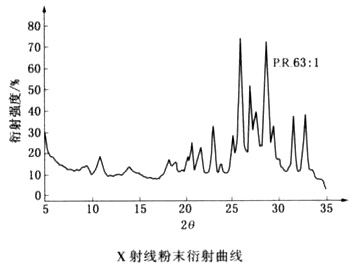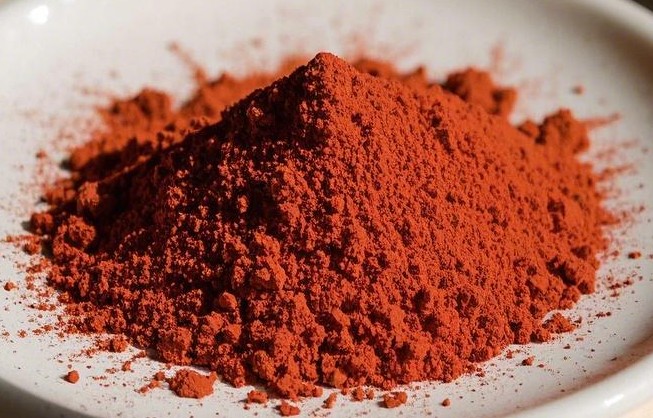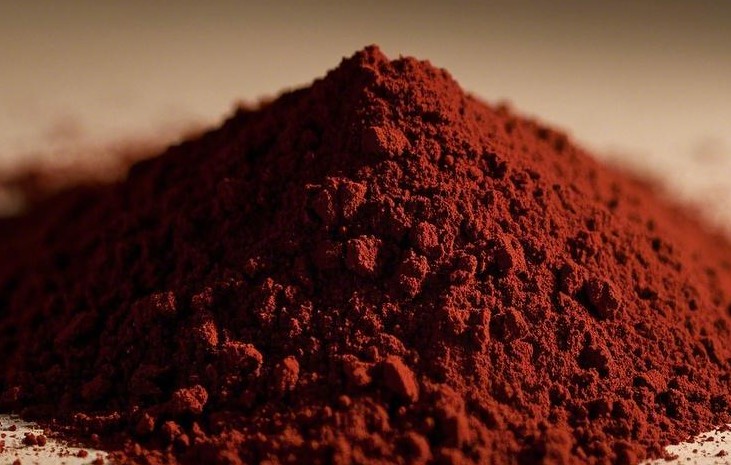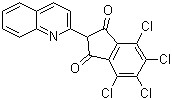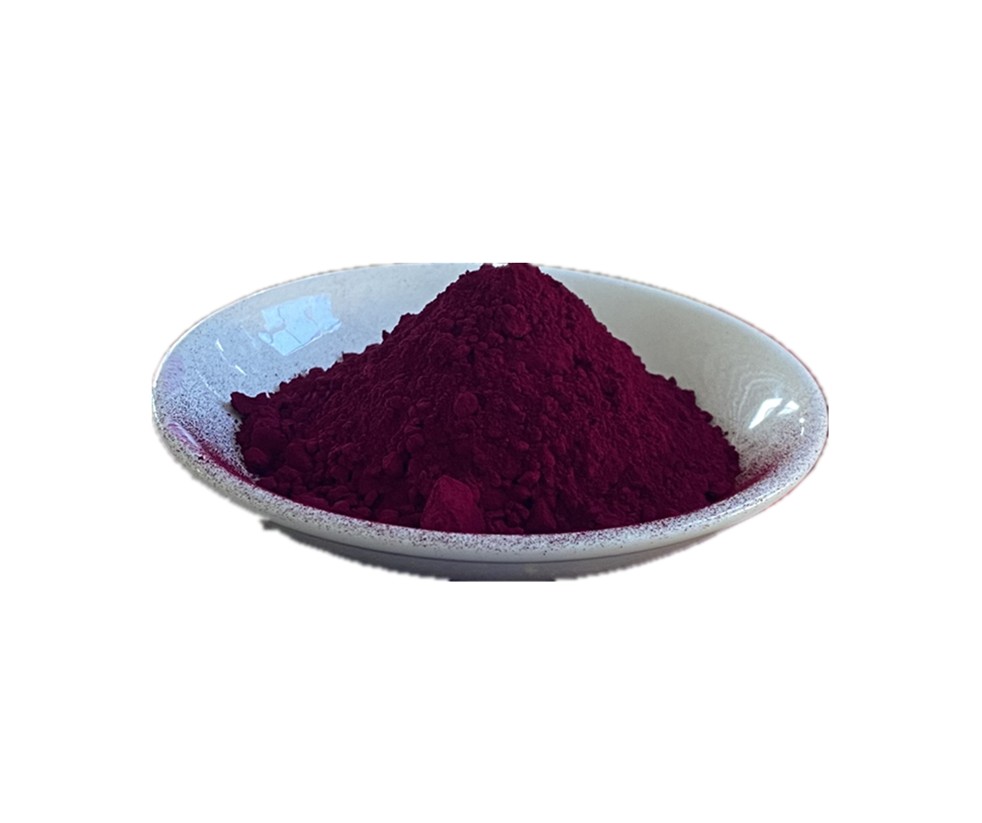Lithol violet red 2R CAS 6417-83-0
Introduction
Pigment Red 63:1 is an organic pigment. Here’s a brief overview of its properties, uses, manufacturing methods, and safety information:
Quality:
- Pigment Red 63:1 is a deep red pigment with good color saturation and opacity.
- It is an insoluble pigment that can be stably dispersed in water and organic solvents.
Use:
- Pigment Red 63:1 is widely used in paints, inks, plastics, rubber, textiles and colored tapes.
- It can provide these materials with a vivid red hue and in some cases be used to blend other colors.
Method:
- Pigment Red 63:1 is usually prepared by organic synthesis methods. One common method is to react a suitable organic compound with a suitable amine and then chemically modify the dye to form pigment particles.
Safety Information:
- When using Pigment Red 63:1, care should be taken to prevent inhalation, ingestion, and skin contact.
- Wear appropriate personal protective equipment such as protective gloves, goggles, and respirators when using.



